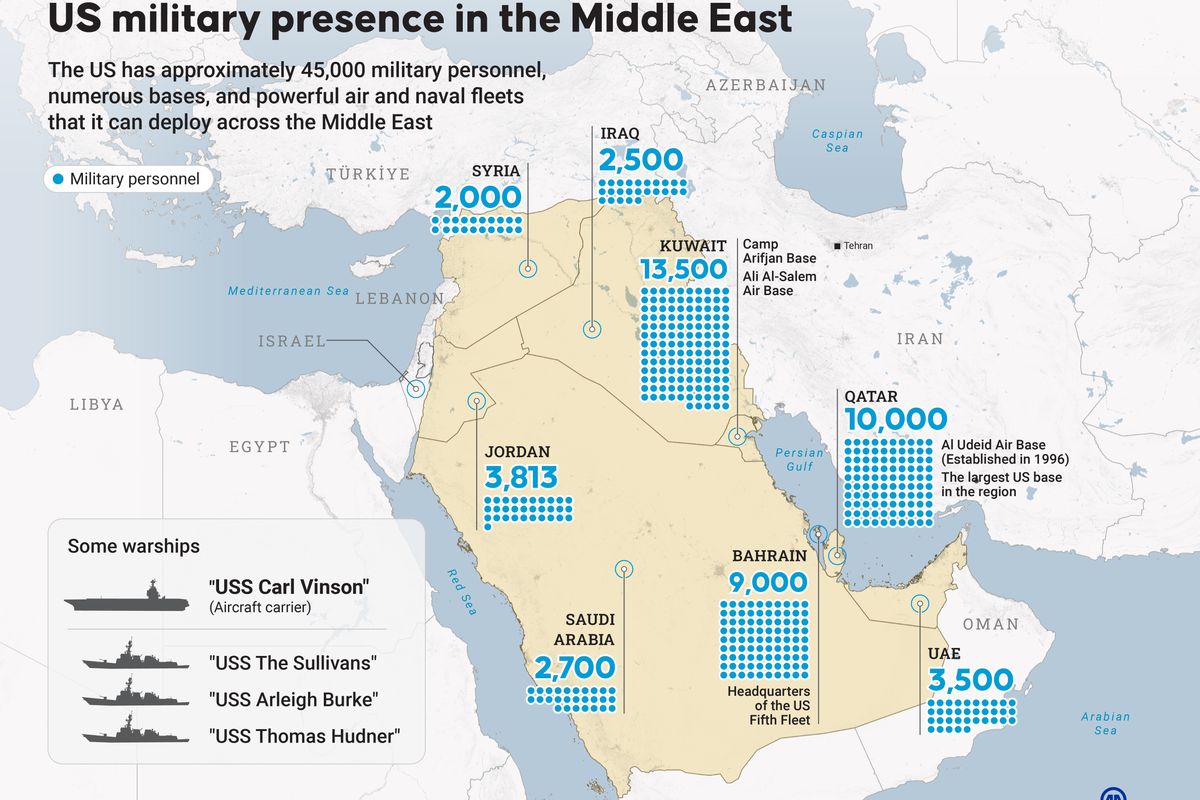Directed-energy weapons have been an ambition of militaries across the world, since Archimedes focused the sun to set fire to Roman ships in 212 B.C.
What was once considered a science project is now a necessity, and our continued military superiority depends on the outcome. Why? Our adversaries have made significant directed-energy advances of their own. And here at home, funding challenges—not to mention the hurdles common to other disruptive technologies—threaten to derail our progress.
We are standing at the starting line of the race to incorporate directed energy into widespread military use, and valuable lessons can be learned from cybersecurity: If we don’t act, we will fall behind.
The Importance of Directed Energy
Directed energy—specifically high-energy lasers and high-power radio frequency weapons—has long been pursued for its speed-of-light engagement, deep shot magazine (without munitions taking physical space and large battery capacity, more “rounds” can be “stored”), and low cost per shot compared to traditional arms.
U.S. directed-energy research began in earnest in the 1980s with the Airborne Laser Laboratory, which was a chemical laser mounted inside a NC-135, and the High Energy Laser Systems Test Facility (HELSTF), which today operates the Defense Department’s most powerful laser.
A lot has changed since HELSTF became operational in 1985. We have made significant technological advances, as seen with the Advanced Tactical Laser, which integrated onto a C-130 and with the intended role of attacking ground targets, and the Solid State Laser Quick Reaction Capability, which deployed aboard the USS Ponce last year and could be used against air and sea targets. But threats from our enemies are evolving, and directed energy is uniquely qualified to address these dangers.
Directed energy can provide boost-phase missile defense – intercepting a missile while its rockets are firing – as well as neutralization of armed drones, hypersonic weapons, and swarming tactics. In addition to the speed of engagement required to address some of these threats, the cost-exchange ratio between a cheap, inbound rocket and a $38,000 Stinger missile is unsustainable.
Challenges to Implementation
Much of the Pentagon’s work to develop and incorporate these technologies should be collaborative among the services and should include improvements in materials, power generation, and thermal control to reduce size, weight, and the power needed to operate these weapons. Differences in missions, platforms, and operating environments, however, dictates differences among services’ development activities. These differences include such things as differing laser wavelength and beam quality requirements; a Navy ship-to-air laser has different requirements than an Air Force air-to-air system.
Some have argued in favor of combining Pentagon efforts to consolidate resources, but the scope of applications is too broad. If we hold all development to the requirements of our most challenging missions, progress will be delayed in the more achievable but similarly critical areas of drone and vessel swarm defeat. Discrete, mission-aligned efforts will maintain our pace of development in the race to get these technologies to the field.
A Key Barrier of Entry: Funding
The barriers to this progress are similar to those seen with other disruptive technologies: Technical, political, and programmatic hurdles are all in the path of directed energy advancement. There are also issues of policy and politics, as well as public reticence toward misunderstood technology—as with any weapon development effort, some groups oppose investment in directed energy as a matter of ideology.
The most significant barrier to directed energy today, however, is funding. In the days of the Airborne Laser Program, we were funding rich and technology poor. Today, we are technology rich and funding poor.
One less common challenge can be found where the programmatic meets the political. Decreasing the cost of each shot may benefit the military as a whole, but is a loss to the manufacturers and constituencies where the alternative, kinetic weapons are made.
A Way Forward: Look to Cyber for Best Practices
Mistakes made in dealing with the cyber threat offer important lessons for overcoming these barriers. No threat has escalated as cyber has, but investment in defense against that threat has been reactionary. We now have the opportunity to get ahead of the curve with directed energy, which isn’t seeing threats increase at the same scale or pace as cyber. Both technologies have faced similar challenges in stakeholder understanding—an invisible weapon with invisible effects struggles to gain traction in a world of kinetic weapons and explosive effects. But while the mechanisms of cyber and directed energy are different, they can be similar and complementary in their applications.
Just as cyber grew commercially, directed energy has applications far beyond weapons. For example, laser communication offers orders of magnitude greater bandwidth and more secure data transfer. That will be game changing on the battlefield of the future—for strategic and tactical troop deployment, among other reasons—as well as in the commercial sector. As with any novel capability, once these operational directed energy prototypes are available, warfighters will find new and expansive ways to use them. We can expect a dramatic increase over the next five to 10 years as technology readiness meets battlefield necessity.
Directed energy is an inevitability; the question is not if it will be, but if it will be for us or for our adversaries. We are fighting tomorrow’s wars today, in our labs and on our test sites, and our present-day investment in directed energy will determine our ability to maintain military superiority in the future.







